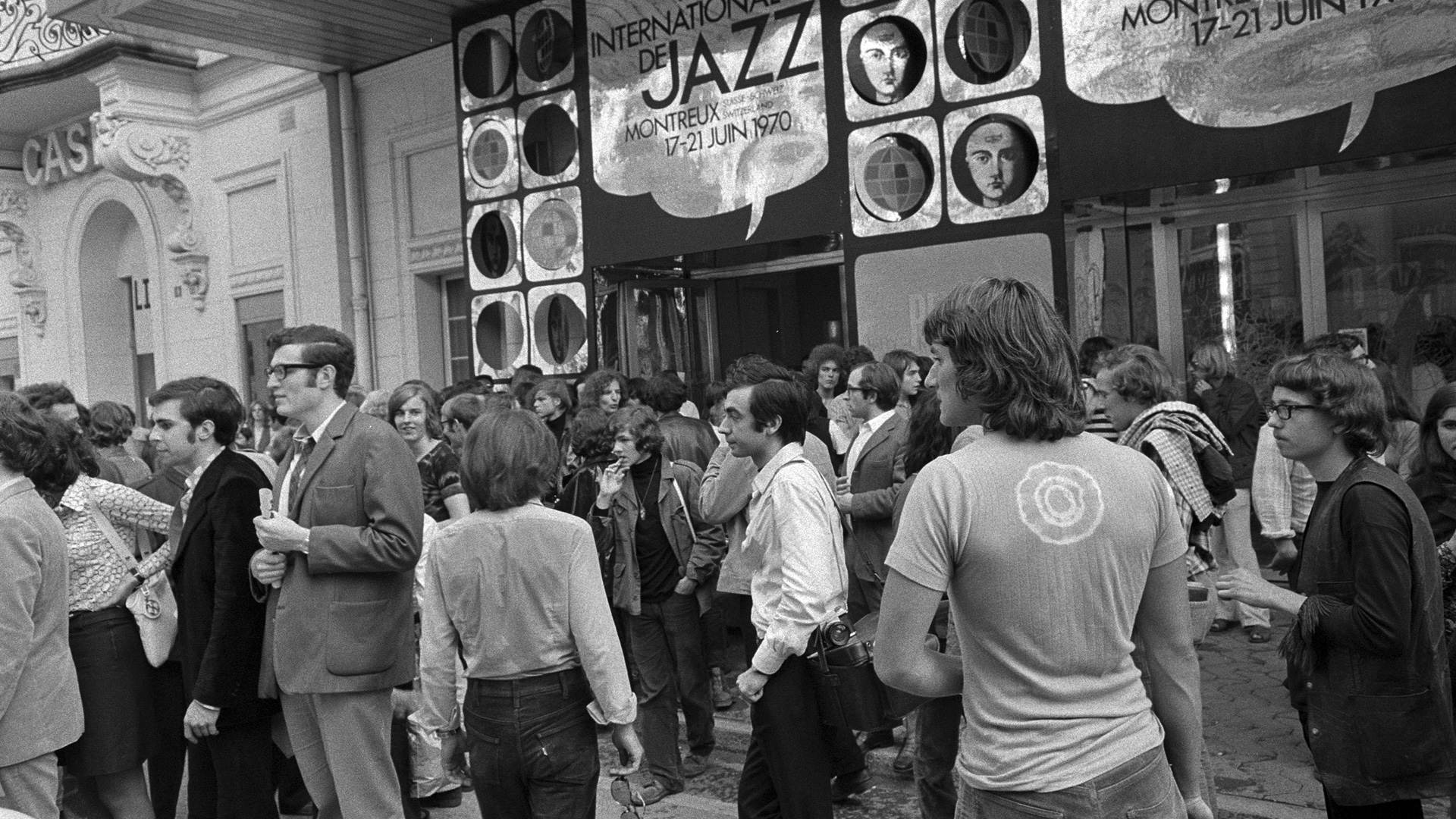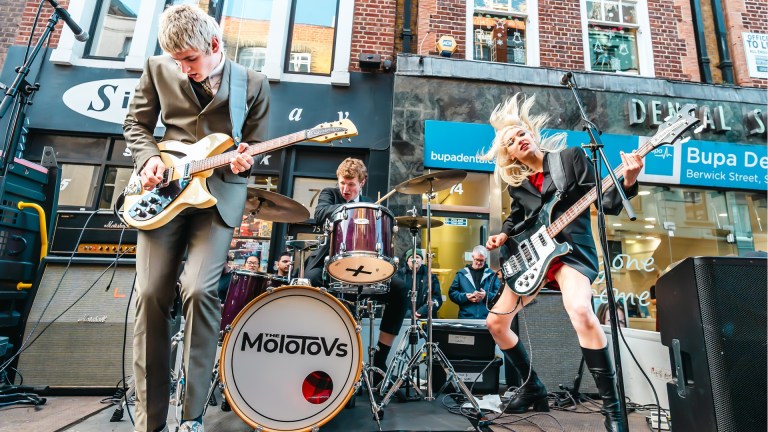“I want you to get together – put your hands together right now!” Marlena Shaw riffs as she finds her key in the opening bars of Woman of the Ghetto, the electrifying 10-minute version recorded live at Montreux Jazz Festival in 1973. The sweaty, breathy proximity of the audience is palpable as she summons them closer to the stage. My copy of the LP is raspy and worn down from overuse – it’s the closest thing I’ve had to a real live music experience since early last year.
Marlena’s performance was captured by the festival’s founder, a remarkable man named Claude Nobs. A music obsessive with industry contacts around the world, he created the event in 1967 during his tenure as head of the Montreux tourist board, hoping to attract some big names to the tiny Swiss town. He aimed high – Ella Fitzgerald, Bill Evans, Nina Simone and Miles Davis all headlined that first year and the festival quickly became an emblem of class and cool. When its main venue, the Montreux Casino, burned down during a Frank Zappa gig in 1971, Claude was immortalised as a rock’n’roll hero in Deep Purple’s Smoke on the Water. The track recounts “funky Claude’s” bravery in pulling young concertgoers out of the blaze to safety (as luck would have it, he was also a former fireman).
Montreux Jazz Festival decided last summer to give the public free access to filmed concerts from the likes of Ray Charles, BB King, Sade and Wu-Tang Clan
Not just a visionary in terms of booking the hippest acts, Claude was pedantic about audio and video recording in away that now seems oddly prescient. He realised early on how important it was to capture and catalogue the event each year. Miles Davis’ final live show was with Quincy Jones on the Montreux stage. Aretha Franklin travelled to Europe for the first time to sing at Montreux. However, most of the archive is yet to be released. The Montreux Jazz Digital Project has been laboriously digitising some 14,000 concert recordings for many years now. This was at the insistence of Claude himself, who was horrified to learn in 1987 that a precious analogue recording of Aretha headlining the festival years earlier had been taped over with a football game. His commitment to recording to as high a standard as technology and budget would allow paid dividends over lockdown – Montreux Jazz Festival decided last summer to give the public free access to filmed concerts from the likes of Ray Charles, BB King, Sade and Wu-Tang Clan. A lot of the footage from the ’90s onwards looks like it was recorded in contemporary HD quality.
As more and more of the archive is digitised, we can look forward to a steady stream of new releases. The ‘Montreux Years’ series has just been announced, compiling live tracks from some of the most notable acts who have frequented the Montreux stage, beginning with double albums from Nina Simone and Etta James, both released at the end of May.
While the casual thrill of seeing live music in person seems impossible to replicate entirely, these glimpses of Montreux magic have given me a lot of pleasure over the past 12 months. So too has the thoughtful livestreamed music programme curated by the Barbican, set to continue into the summer with digital shows from Nadine Shah and folk legend Shirley Collins. I had been a livestream sceptic until I began to enjoy the format in its own right. One unexpected silver lining of listening to an artist perform in an empty venue like the Barbican, for example, is the uncommon experience of hearing the acoustics as they were intended to be heard, without fellow attendees muddying the aural purity.









